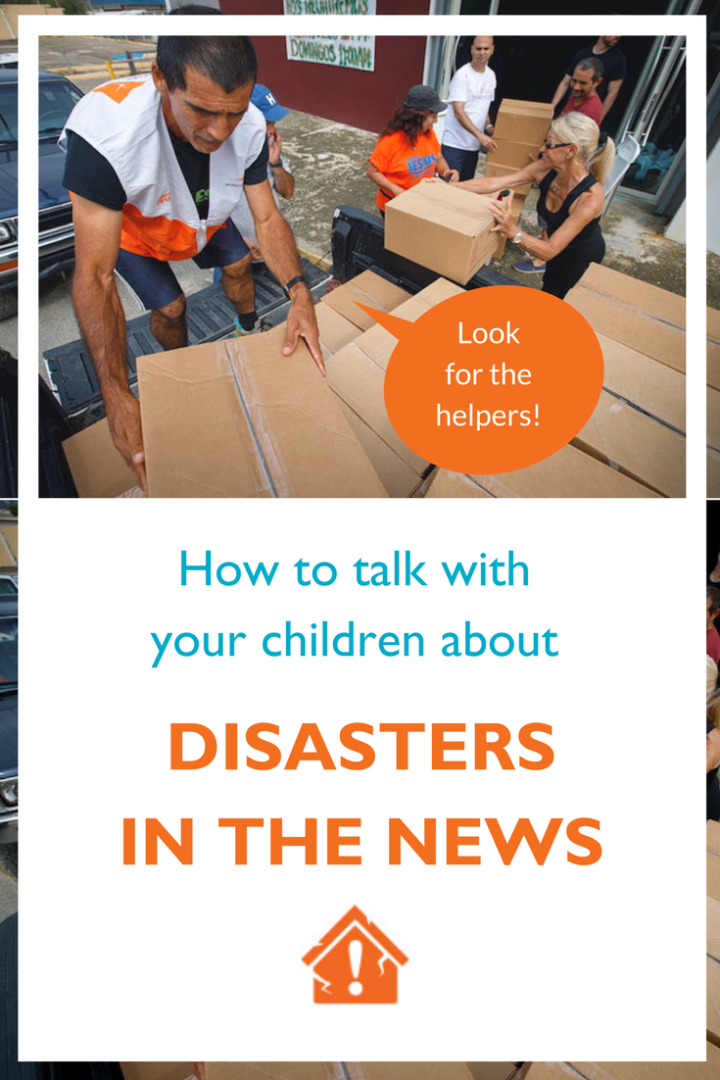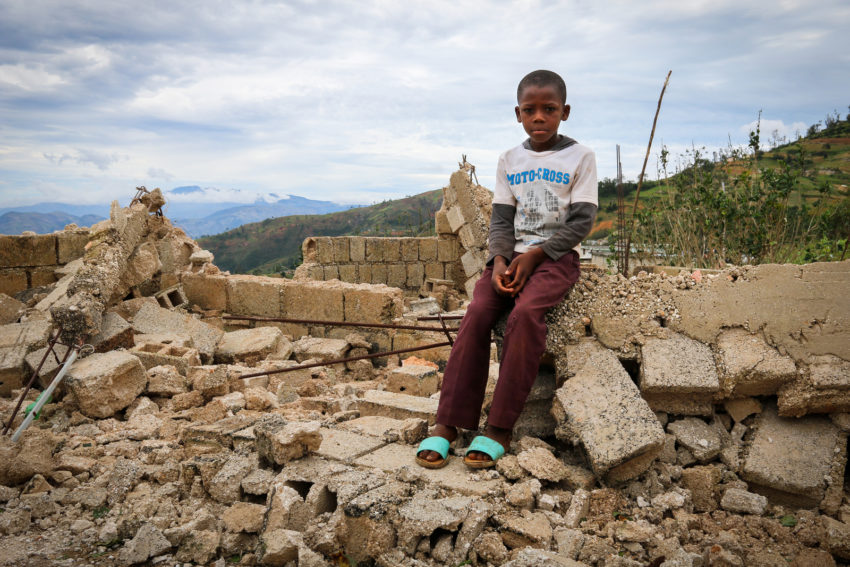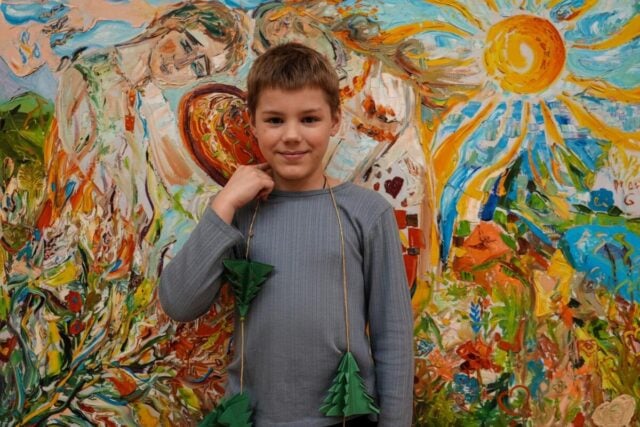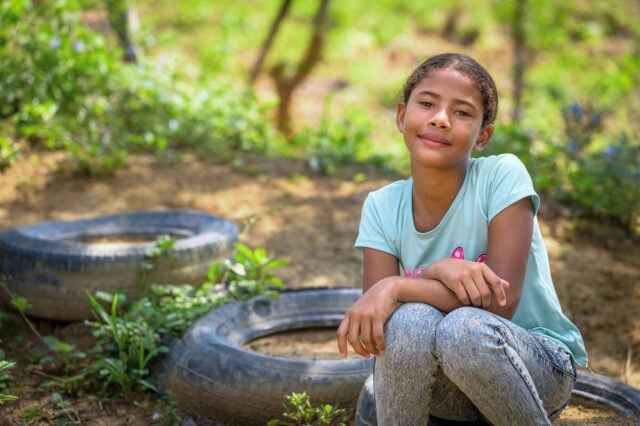When a major disaster hits, it can take over the news. Disturbing images and graphic news coverage can be troubling for empathetic adults. But it can be scary or deeply distressing for young children. Experts agree that parents should shield children from watching disturbing live news coverage. But how do you talk to your kids about disasters? How do you talk with them about something difficult they’ve seen in the news? How do you prepare them for what they might hear at school or while talking with their friends? And how do you talk to them about events that directly impact their everyday lives?
The World Vision media and communications team has a lot of experience researching and covering disasters and their effects on children. The team also includes parents and people who care about children. After all, that’s why we do the work we do.
Here are our team’s best tips for how to talk to your kids about natural disasters and emergencies in the news.
Tip #1: Find out what they know.
Start with exploring what they’ve already seen or heard with: “Tell me what you know about … .” Then, follow up with open-ended questions like: “How do you feel about … ?” or “Why do you think that happened?” You may find out that your child knows more than you think or that they heard or imagined something inaccurately.
Tip #2: Explain the situation at an age-appropriate level.
Use words and examples they’ll understand to explain what happened, but keep it simple and don’t over-share. You don’t have to have all the answers. If you’re not sure why something happened, it’s okay to say you don’t know. But if you’re worried about the situation, discuss your own fears and thoughts with another grown-up, not with a child. You could also teach your child Psalm 23:4, “Even though I walk through the darkest valley, I will fear no evil, for you are with me” (NIV).
Tip #3: Help your child feel safe.
Reassure, give extra hugs, and show your children how you’re helping to keep them safe. For example, if there was a massive earthquake somewhere and there could be an earthquake where you live, show your kids your emergency supplies and evacuation plan. Try practicing your escape route and where you’ll meet up if your house is unsafe. Or if there was a tornado, and there aren’t tornadoes in your area, get out a map to show them how far away it was.
This is also a great time to pray together, give fears to God, and ask for comfort and protection.
Tip #4: Draw it out.
Offer crayons and paper. Some children might not want to talk about something scary they’re thinking about, but it might be easier for them to draw about it. Children’s counselors frequently use this technique, which we also find helpful at the Child-Friendly Spaces we set up after disasters.
Tip #5: Give them a way to help.
Mister Rogers talked on his show about how his mother told him to “Look for the helpers. You can always find people helping.” Children may be reassured to see emergency aid workers and good Samaritans helping people in need.
You can model generosity and be a good Samaritan too. Invite your children to do something to help people affected by the disaster. It could be as simple as saying a prayer together, asking God to comfort disaster survivors. Or your children could donate some allowance money, fundraise, or gather supplies.



